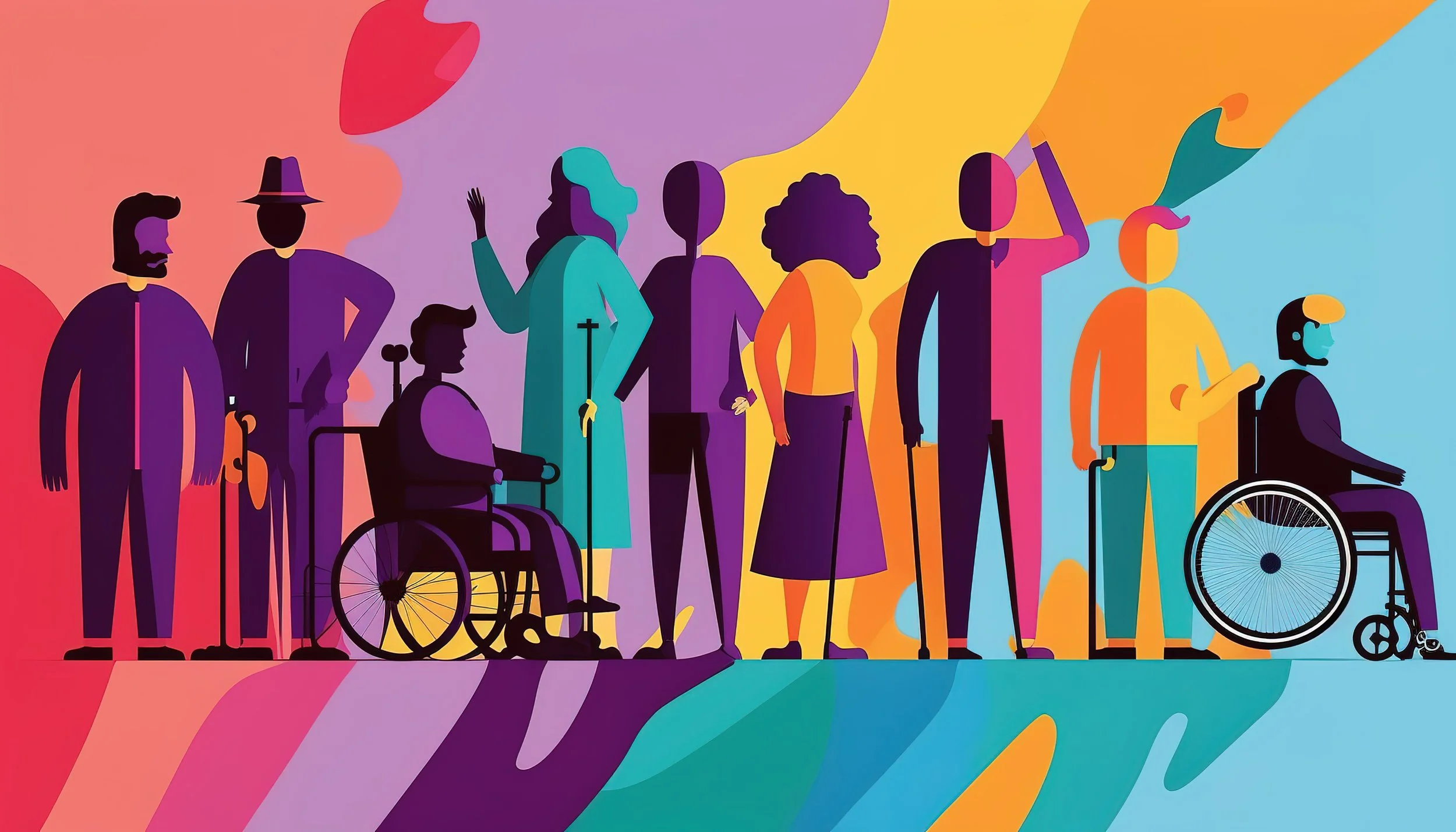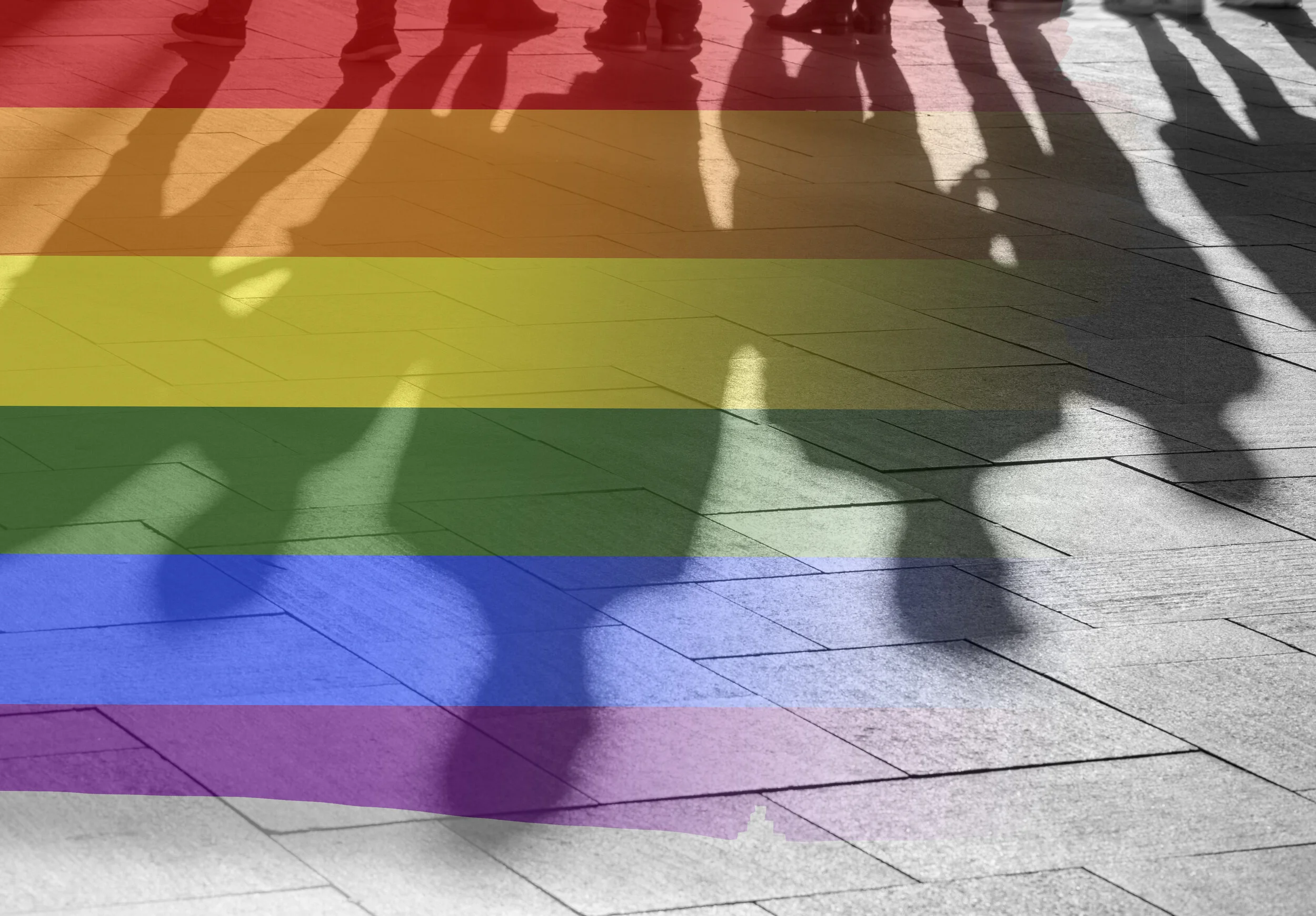If someone told me that two common interpersonal instances of gender bias in the workplace are 1) the assumption that women hold lower positions and thus should perform "soft work" and 2) that women are frequently interrupted and not spoken to directly, my reaction would be incredulous. How are these issues still happening? They feel straight out of the past.
Yet I continue to hear stories of women being discounted in the workplace—women who earn leadership roles only to have a client direct every question and comment to their subordinate, or women expected to singlehandedly coordinate social gatherings for the entire organization.
I recently experienced this firsthand. At an event where I spoke, the emcee was effusive in his praise of the man who presented before me. What shocked me, however, was what happened next. After my presentation, which ended with enthusiastic applause, the emcee returned to the stage and continued praising the previous speaker. He offered no summary of my key messages, barely acknowledged my content, and only referenced a single joke from my talk before thanking me and moving on.
I felt invisible. And I know I am not alone in this experience.
But I refuse to leave this conversation there. So what can we do about it? How can we be more aware of subtle gender bias and support each other in dismantling it? Here are three ways anyone—regardless of gender—can take action:
1. Don't "Call Out" Bias—"Call In" People
Spotting gender bias is important. But calling people out often leads to defensiveness and friction. Instead, consider calling people in: framing bias as a moment to learn and grow. We can ask questions like:
How might the impact of your words differ from what you intended?
How do you think someone else might interpret that differently?
It sounded like you said [XYZ]. Can you clarify what you meant?
Tone and body language matter. Approach the conversation with openness and curiosity, rather than judgment. That’s how we turn uncomfortable moments into real change.
2. Practice Talking About Gender Bias
These conversations are rarely easy. I’ve fumbled through plenty myself. But like any skill, practice builds confidence. I recommend forming small groups where people of all genders can practice talking about gender bias: share real examples, explore tough topics, and work through potential responses together. And yes, bring a comfort drink—something warm and cozy to help you feel at ease. (Although do make sure your comfort drink is legally appropriate for the workplace, if you catch my drift. 😉)
The more we normalize these conversations, the easier they become.
3. Embrace Self-Advocacy and Self-Empowerment
When the emcee brushed past my talk, it could have ruined my day. But it didn’t. Because I knew my worth. I had worked hard, delivered value, and connected with the audience. No one could take that away from me.
Keep track of your accomplishments. Ask yourself:
When did I solve a problem others didn’t see?
What ideas have I offered that improved the workplace?
When did I receive recognition from clients, colleagues, or leaders?
How have I saved the organization time, money, or stress?
I keep cards, emails, and messages from clients in a physical box and a digital folder. On tough days, I read them. They remind me of my impact and strength.
We are worthy. We are powerful. And the more we acknowledge our own accomplishments—and celebrate the accomplishments of women around us—the harder it becomes for bias to chip away at our confidence.
Calling people in, practicing tough conversations, and strengthening self-advocacy are three ways we can challenge gender bias. The more we practice, the more natural it becomes. Let’s keep going. Practice makes progress.
Dima Ghawi is a global leadership catalyst, igniting bold transformation in individuals, teams, and organizations. With a powerful blend of storytelling, strategy, and real-world leadership insight, Dima empowers professionals to shatter internal barriers, unleash untapped potential, and drive lasting impact. Through keynote speeches, leadership training programs, and executive coaching, she has guided thousands across six continents to embrace change, rise with resilience, and lead with courage.
If you're ready to break through the barriers that limit your growth and create a new legacy of leadership, connect with Dima at DimaGhawi.com and explore the journey of transformation at BreakingVases.com.


















